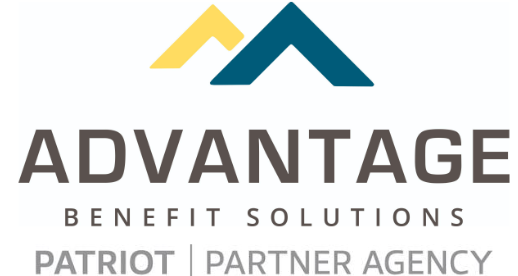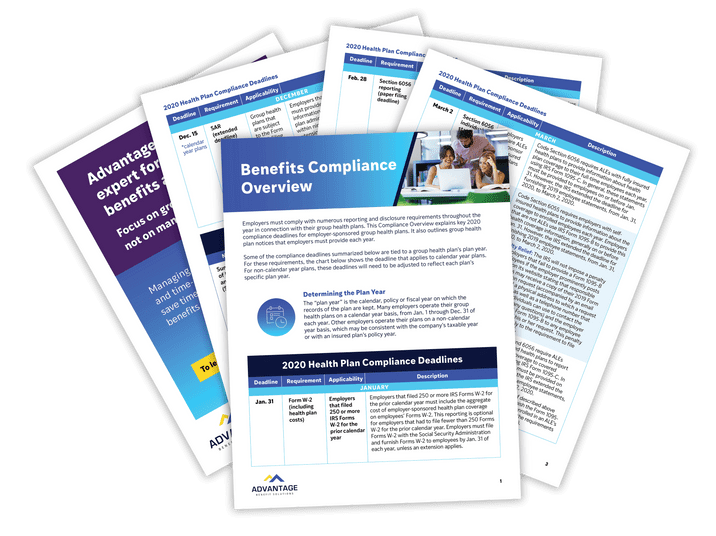Emerging Prescription Drug Pricing Trends Employers Must be Aware Of
The costs of prescription drugs are on the rise and show no signs of slowing. That is why it is critical that employers are aware of the upward trend and understand why costs are rising. Without it, how can you appropriately respond? With the appropriate context for the rising costs, you can find cost-cutting solutions and feel confident in managing your healthcare expenses.
Prescription Drug Cost Drivers
The U.S. spent roughly $370 billion on prescription drugs in 2019. While this number stayed true to year over year trends, it has quickly grown in recent years. Compared to hospital and physician services, prescription drug spending has always been a relatively small portion of total national healthcare costs. However, it now makes up around 10% of healthcare spending. To understand how to best respond to this, you must first understand the reasons behind the steady rise.
- Influx of Specialty Drugs
$180 billion – nearly half of the entire pharmaceutical market – came from specialty drugs in 2016, despite the fact they account for a significantly smaller portion of U.S. prescriptions than non-specialty drugs. And according to the research, this trend isn’t going away. In fact, spending on specialty drugs is predicted to grow rapidly over the next few years. Expert projections show that this year (2021) we will see an 11.5% increase in specialty drug prices. Compare that to the projected 2.8% increase in non-specialty drugs prices, and it starts to make sense why insurance premiums continue to rise.
In addition, specialty drug usage is on the rise. In 2019, roughly 66% of the drugs that gained FDA approval were specialty drugs. This is another trend that is expected to continue to tick upward as more and more specialty drugs enter the market.
- Price Inflation
Not only are specialty drugs commanding the market, they are also replacing their lower-cost alternatives. In a study conducted by Segal, research showed that 40% of new products coming from drug manufacturers were specialty drugs. When these new products are sold at a higher price than their non-specialty alternatives, you get price inflation. In 2020, specialty drug utilization saw a 6% increase. Non-specialty drug usage saw no increase. With trends like this, there is no question about it, prices will continue to inflate. Unfortunately, there is little to no recourse and few are seeking to provide cheaper alternatives.
Some biosimilar drugs (drugs with a similar composition to the name-brand, but not identical) can be used as an alternative to specialty drugs, however, the FDA has approved less than 20 of them in the last two years. Additionally, as biosimilar drugs are approved, manufacturers of specialty drugs will likely introduce countermeasures in order to maintain their market share.
- Failure to Follow Physician Orders
Reductions in the utilizations of drugs likely mean that patients aren’t following the recommended treatments of their doctors. In one study, research showed that 31% of prescriptions go unfilled. Furthermore, individuals under the age of 52 were more likely to not fill prescriptions, men were less likely to fill prescriptions than women, and drugs with higher copayments were less likely to be filled than those with lower copayments.
Cost Control Strategies
Now that you have a better understanding of why the cost of prescription drugs is rising, here are a few things you can be doing to respond to the growing problem.
- Managing Usage
In response to the rising costs of prescription drugs, several healthcare plans have excluded certain drugs from coverage and created step therapy requirements that require individuals to try more cost-effective forms of treatment before they step up to the more expensive specialty drugs. Additionally, many healthcare plans are increasing patient out-of-pocket responsibilities by implementing specific prescription deductibles and requiring that certain specialty drugs have prior authorization. This is most commonly implemented when an insurer thinks there are less expensive alternatives that would be just as effective as the costly specialty drug prescribed by their doctor.
- Using Other Payment Methods
While the use of generic drugs is commonly known as a way to cut costs on prescriptions, one lesser-known alternative could be using cash, instead of insurance, to pay for prescriptions. Since the removal of gag-clauses in 2018, pharmacists can now inform individuals if not using insurance could actually save them money.
- Rebates and Discounts
Many businesses choose to partner with organizations known as pharmacy benefit managers or PBM to help negotiate with pharmacy manufacturers in the hope that they’ll receive rebates and discounts on prescriptions based on things such as volume and market share. Similar to this, some employers are now joining together to create prescription purchasing pools in order to increase their purchasing power and negotiate lower prices.
- Employee Awareness
Employers aren’t the only ones affected by the rising of pharmaceutical costs. Employees are also seeking ways to reduce costs as they see their out-of-pocket costs continue to grow. Rather than paying for costly brand name drugs, more and more individuals are asking for cheaper alternatives. Consumers are also getting smarter and using technology to compare prices between pharmacies and find available discounts. There has also been a rise in the use of mail-order pharmacies where an individual can obtain a 90-day supply of their medications to lower costs.
Prescription Drug Trend Projections
Projections from the Centers for Medicare and Medicaid Services (CMS) show that from 2012 to 2022, annual costs of prescription drugs will grow by a staggering 75% to $455 billion. And other experts project this number could be even larger.
More so, the CMS projects that from 2015 to 2024, the annual growth of prescription drugs will average to roughly 6.3%. During this time, the CMS notes, new specialty drugs will continue to enter the market while the release of generic drugs will continue to shrink. Of course, these projections are subject to change, particularly as they are affected by the COVID-19 pandemic.
For help with developing strategies to control your employees’ prescription drug costs, contact Advantage Benefit Solutions today.






